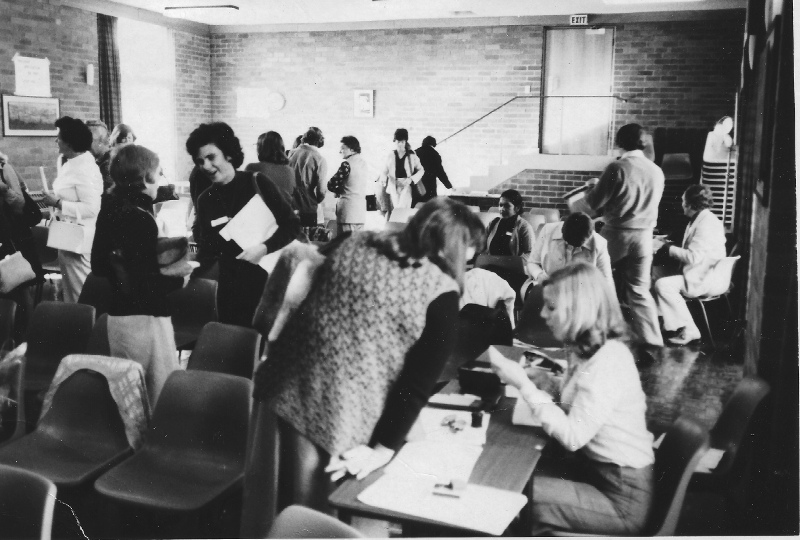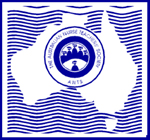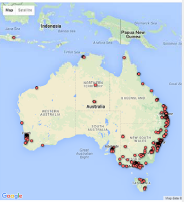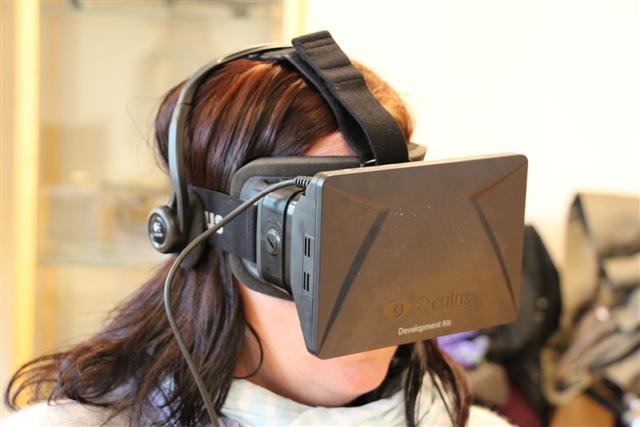History of ANTS
Nurse Educators Supporting Nurse Educators - ANTS: Past, Present and Future.
50 Years strong - Brief history, highlights and achievements
A group of interested nurse educators in New South Wales got together in the mid-1970s and established a group to cater to the professional interests of nurse teachers. Since its inception in 1975 ANTS has grown to become a national organisation that advocate for nursing and midwifery educators. Our membership includes academics, clinicians, specialists, and independent practitioners with an interest in education.

Although the group of interested educators had formed an organisation, it was not incorporated as a Society until 1991. This was reflective of the changes happening in nurse education and the shift of nurse education into the tertiary sector at this time.
By 1993 all nursing courses had moved to universities, and the changing membership of ANTS reflected these changes. Accompanying the changes in nurse education was the development of competencies for RNs. In 1991, the Australian Nurse Registering Authorities Conference ( ANRAC) endorsed the competencies previously developed for registration and enrolment of nurses in Australia. Validation of the competencies was undertaken and by 1994, the Australian Nursing Council Inc. endorsed the competencies for beginning registered and enrolled nurses. These basic competencies have since been revised.
In early 1993, a decision was taken by the Council of ANTS to formulate national competencies for Nurse Teachers in line with the Society's objectives. The focus of the project was to:
" assist those involved in the education of nurses and the promotion of research into nurse education by analyzing the combination of teaching, scholarship, management and research attributes that comprise the nurse teacher". (Nurse Teacher Competency Standards, 1993)
Brief outline of key milestones in the history of
ANTS
- 1975 formation of ANTS, NSW Branch
- 1991 incorporation of ANTS as a Society
- 1993 first Nurse Teacher Competency Standards produced
- 1995 National organisation formed, Logo developed, Membership opened to a wider group (President Tracey McDonald)
- 1997 Development of ANTS Nurse Teacher competencies
- 2006 Development of new logo
- 2008-2009 Branches in most states/territories of Australia (President Jacquie Guy)
- 2010 Revised Nurse Teacher competencies published (President Mary-Bridgid Naylor). [Name changed to Professional Practice Standards in 2014]
- 2010 e-Bulletin commences
- 2010 Revised Constitution published, incorporating Branches and Fellows.
- 2012 On-line banking, Board Charter developed
- 2013 Inaugural ANTS Clinical Educator of the Year, on-line AGM voting
- 2014 Online technology allows all members regardless of location to join the National Committee
- 2021 Our first NNEC Virtual Conference held
- 2024 Revision of the ANTS professional practice standards (competencies) for nursing educators completed


What we do
The National Committee members represent the Society at different national events, and sponsor organisations for events, such as seminars and conferences. We have given feedback on major government reports related to nurse education. As a society we also offer scholarships, conferences, and an on-line presence to members. A major undertaking for us is the conduct of the Australian National Nurse Educator Conference (NNEC) which is run every two years. Our New Zealand cousins run a nursing education conference in the off year, which ensures a major nurse education conference each year in our region. We have also collaborated with Elsevier a couple of times to bring their International NETNEP Conference to Australia.

Some of Our Past Presidents
- Jacqueline Baker
- Jan Andrews
- Joyce Edwards (Life Member)
- Tracey McDonald
- Mary-Bridgid Naylor
- Janet Roden
- Jacquie Guy
- Sandra Campbell-Crofts
- Lisa Gatzonis
- Julie Shaw
Nurse Education Today
In 2002 the National Review of Nursing
Education titled Our
Duty of Care (Heath,
2002) was
released. It highlighted a future shortfall of
nurses and recommended strategies to improve education and retention,
such as scholarships and financial support. In 2009 following the
Bradley Review (Bradley, 2008), universities moved to a dema nd-driven system for nursing
students.
nd-driven system for nursing
students.
Since the Bradley Review the landscape of health care and quality imperatives continues to provide challenges for nurses and midwives, such as:
-
Digital age and increasing dependence on technology
-
Increasing knowledge and ability to stay ‘current’
-
Global nursing and midwifery shortage and aging workforce
-
Increasing acutely-ill hospital population
-
Time-poor
As well as an increasing knowledge base, there is an increased pace of change –this challenges educators to develop engaging and relevant content and learning strategies. The last three dot points (above) relate to the pressure on the educators to support students or staff with limited resources, and an added burden in clinical practice of eroding the role of the nurse educator.
There has been a lot written about the changes to nursing education in respect to preparing the learners, but not a lot about how we educators can prepare ourselves.
The Digital Age
One challenge nursing educators face is the impact of technology on their practice. In everyday life in Australia technology is now essential. We use mobile phones, social media, and search the internet to source information, often on a daily basis. We have digital cameras, watch TV online, and have internet banking and email. Technology is part of our lives and learners are now expecting it to be part of learning and teaching.

As a profession, are we keeping up with this rapid uptake and incorporation of technology in our educational practice? We are in a Digital age, and as educators we may need new skills and strategies to assist our learners, who will expect us to be familiar with technology and incorporate it in our learning and teaching strategies.
What does the Future Look Like?There will be an increasing use of, and demand for internet technology, especially the use of artificial intellegence (AI), in delivering educational materials and programs. How can we best support educators now and into the future? One way is to work together and share our knowledge.